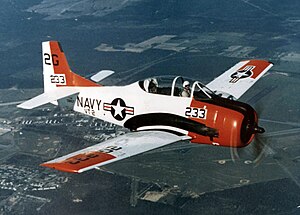Based on my last flight’s debrief, I tried to get more time in sooner rather than later. Last weekend didn’t work out, but I was able to get in this Saturday. Again based on my last experience, I wasn’t expecting anything too great. Figuring I needed a lot of work to get back in the groove, I focused on a few key areas knowing I would be back in a 172:
- Being established in the pattern and timing power and trim changes for landing
- Keeping the nose up in the turn
- Recalling the sight picture for landing
So I did my homework.
The plane would be a newer model 172 – in fact one that I had flown
before – so I downloaded the POH to study speeds and procedures. I also found an excellent resource specifically for late-model 172s published by ATP. Since they are a well-established academy
with standardized procedures and a fleet of 172s, they have put together a
manual just for that specific plane. Rather
than the more general handbook advice you might find elsewhere, this one has
specifics like power and flap settings for the pattern. Reviewing it changed everything.
The plan of the day was to obtain a rental checkout. At this school, the requirement is to perform
three touch-and-gos with the instructor.
But I wanted more to get me where I wanted to be. So we set it up to be a similar set of
airwork exercises as last time – some slow flight, stalls, and steep turns as
well as pattern work.
Happily, the weather was clear and the air was smooth. I’m sure it helped, but compared to the last
flight, this was completely different.
The review of procedures and the short time between flights made for a
totally opposite outcome. Stalls were
crisp, steep turns were right on, and I managed airspeed in a way I don’t think
I’ve ever been able to do. Everything
came back together.
So now the test – how were my landings? Let’s put in this way – there were just a
couple of points to work on after the first try. Get the sight picture right and keep the
speed up. Using the ATP manual as a guide
sets up a slower approach than the school here likes to have. It essentially was a short-field approach –
completely OK but removing some of the margin of error, and an easy fix.
Now that I had my trim adjustments and power settings more
dialed in, adding 10 knots to the approach speed was easy. On the next circuit, suddenly the sight
picture snapped into place as well. This
was turning out great, and the last landing was even better. I was very happy with the outcome – to the
point that I wasn’t ready to stop.
But we did; the instructor had another student.
However, this plane was still available for another few
hours. Enough time to run home, pick up
any interested passengers, and take another flight.
An hour’s tour around the area and, though the winds had
picked up a bit, another great landing.
And? The plane was
open on Sunday as well. Would the wife
like to take a flight as well? Yes, she
would.
A very nice, cool morning awaited. A cold front was on its way in, and I knew we
didn’t want to be in the winds with a fairly new passenger. But the morning looked good and we got out
and back before it shifted to a gusty crosswind.
All in all, three flights in two days. Granted they were short, but the
reinforcement of skills was and continues to be very important. I’m hopeful this is a turning point that
allows me to fly a little more often than I’ve managed in the recent past. If so, there’s no doubt my flying will only
get better.







